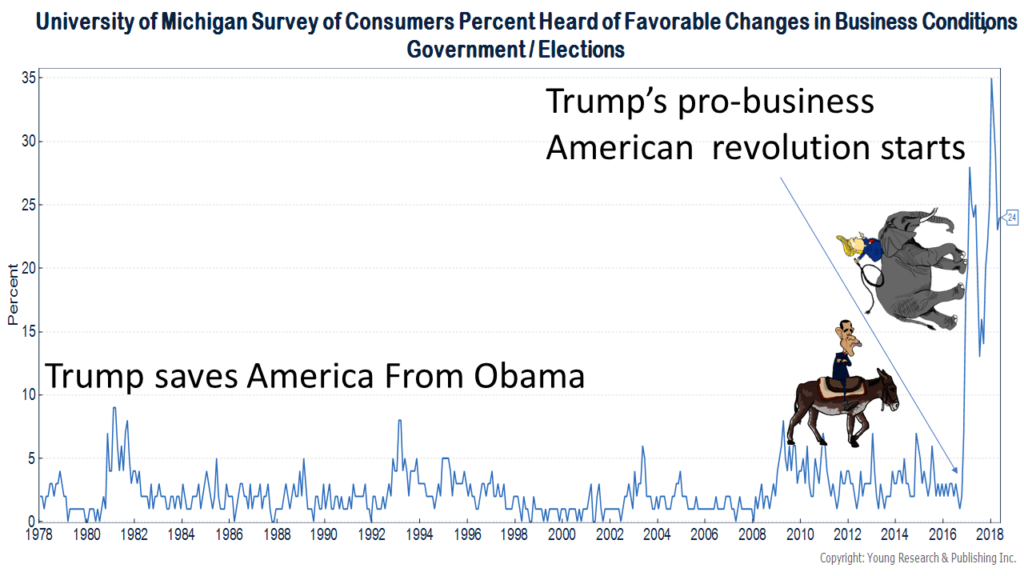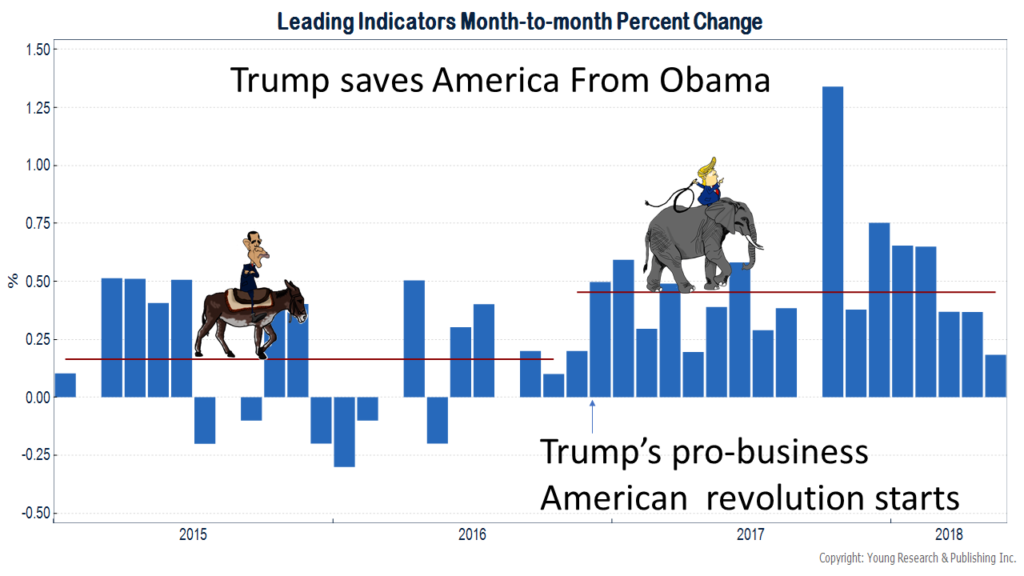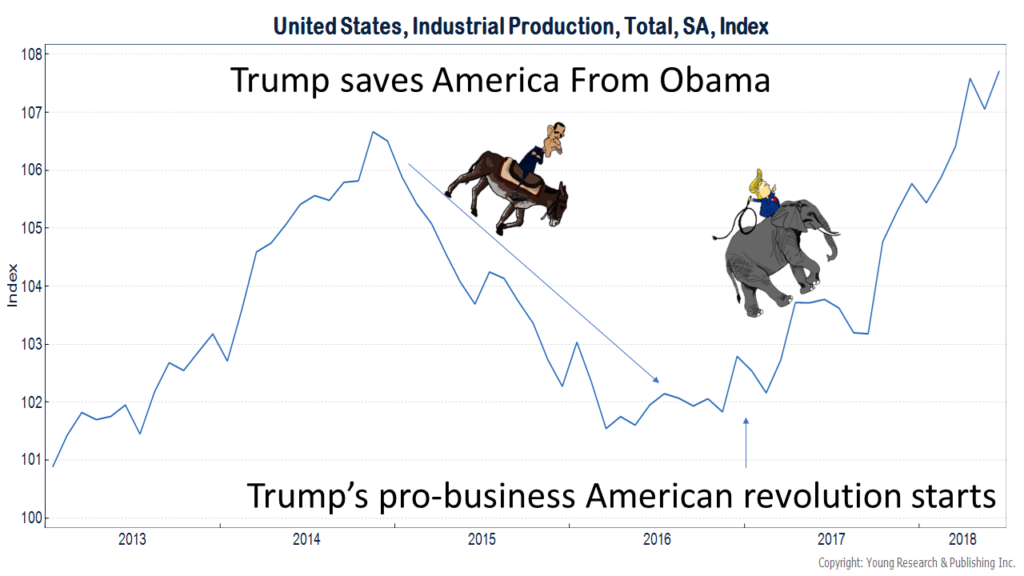Emotionalism in the market is too damaging to your portfolio. It’s too easy to miss all the rewards of the market by making bad decisions trying to time the market. In February of 1992 I used this example to explain to readers just how badly they could lose out by jumping in and out of the market.
It’s Too Easy to Miss It All
Here’s another stunning analysis on why trading in and out is not for you. Analysis of stock market returns from 1946 through 1990 by Ibbotson Associates shows the following: One dollar invested in stocks in 1946 grew to $130.52 in 1990. If you take out just the best 30 months for the stock market over the 1946-90 period, the same one dollar grew to only $8.88, versus $8.43 for Treasury bills. Can you really time the market well enough to target the right 30 months in 45 years? Most certainly not.
And yet another example of how trading can kill your total returns. These direct quotes are taken from Forbes 28 October 1991. Professor P.R. Chanoy of University of No. Texas and William Reichenstein of Baylor conducted the research for these conclusions. The professors studied returns for the S&P 500 from 1926 through 1987. “They found that if the best 50 months—only 6.7% of the total time period—were deleted, the S&P 500’s entire 62-year return disappeared.”
In conclusion: Do not be a trader or a timer. Stay fully invested and ride out the storms in high-yielding, big blue chips that will bounce back no matter how violent a given market correction.
Nothing has changed in 26 years about market timing. It was a bad idea then, and remains so today. As I wrote at the beginning of this month, marry compound interest, divorce market timing.




